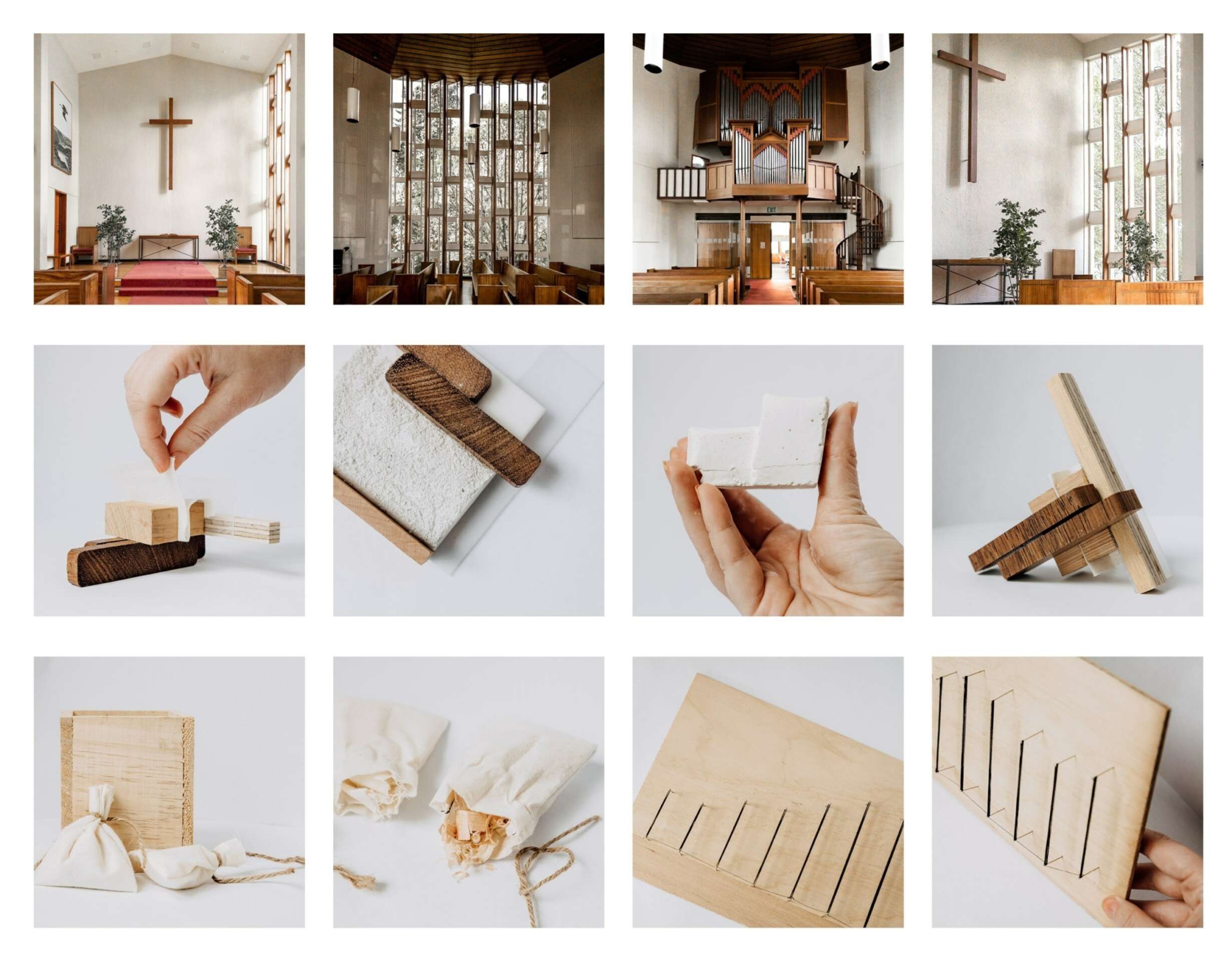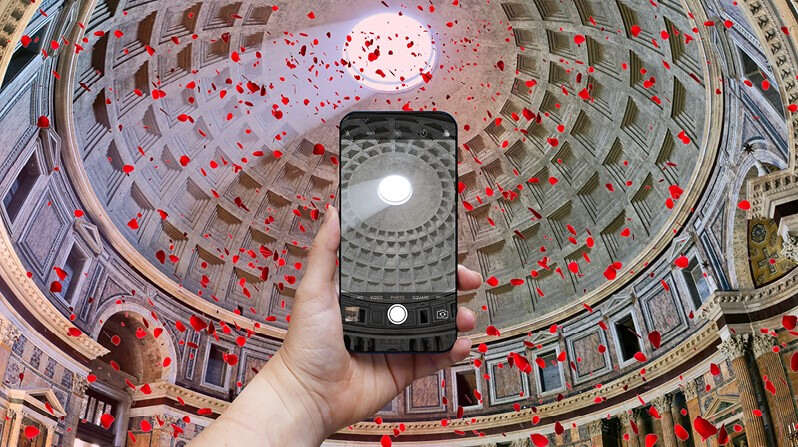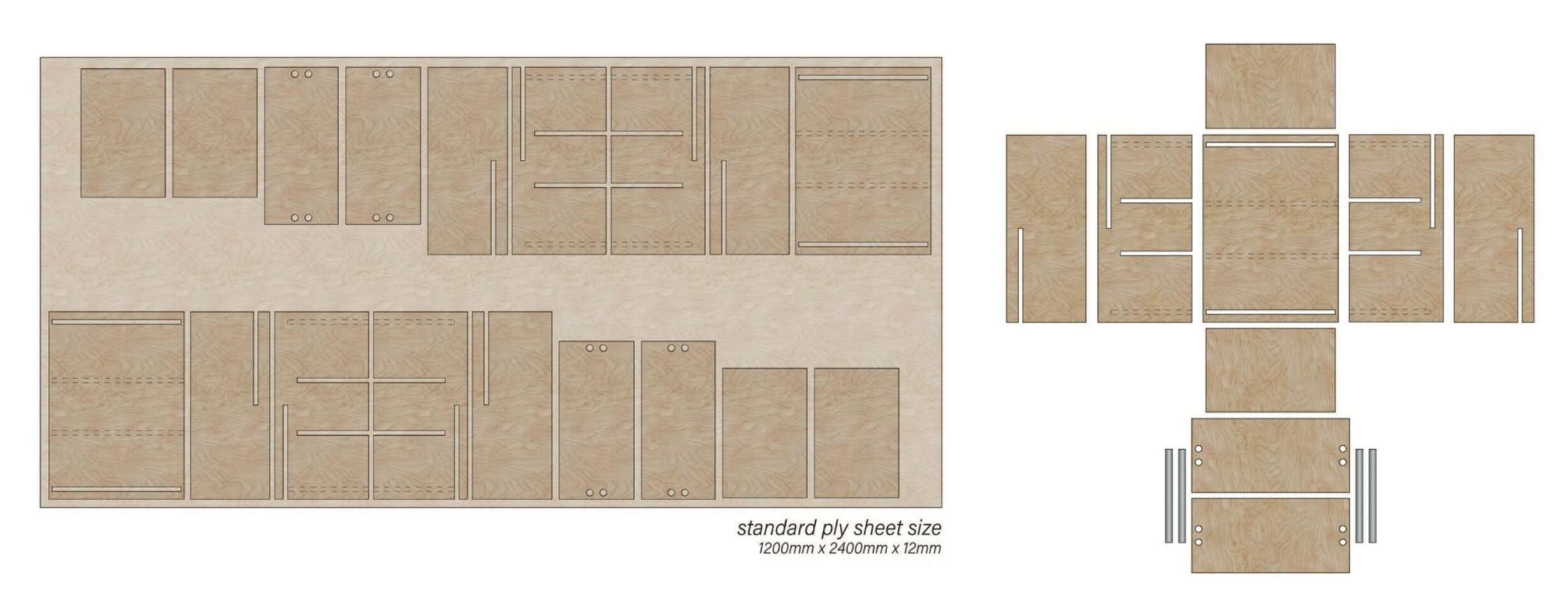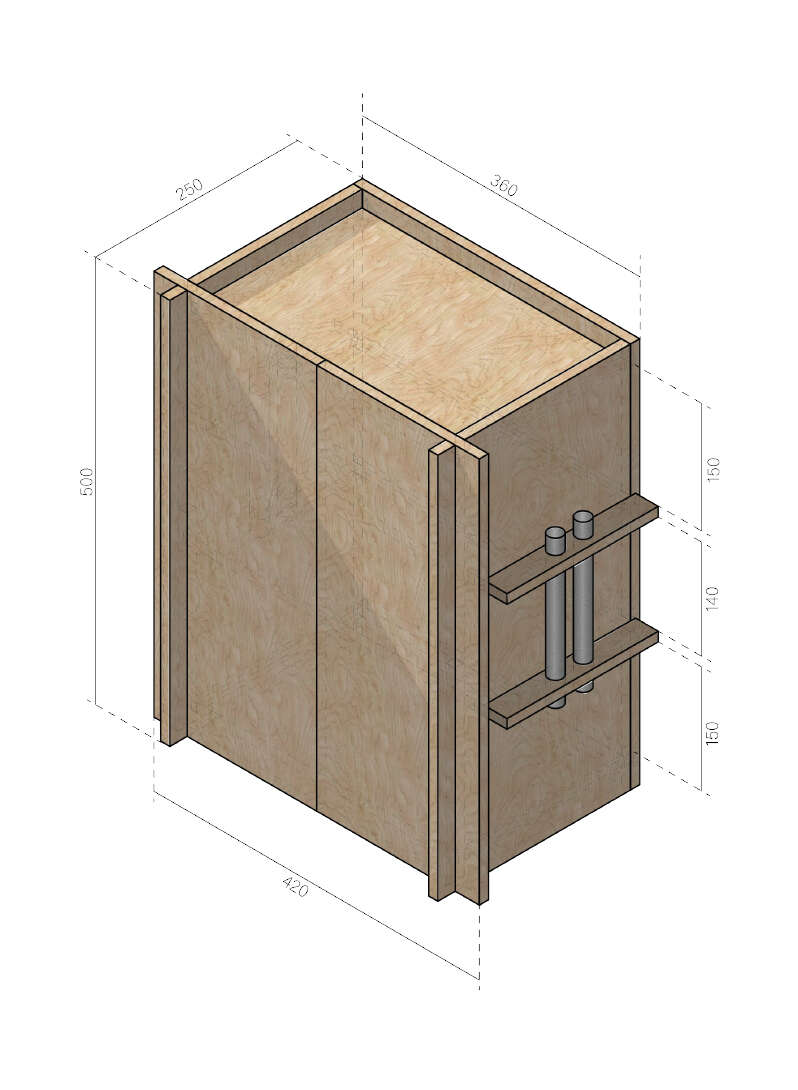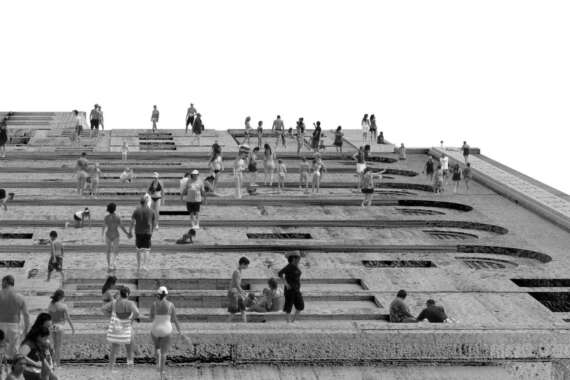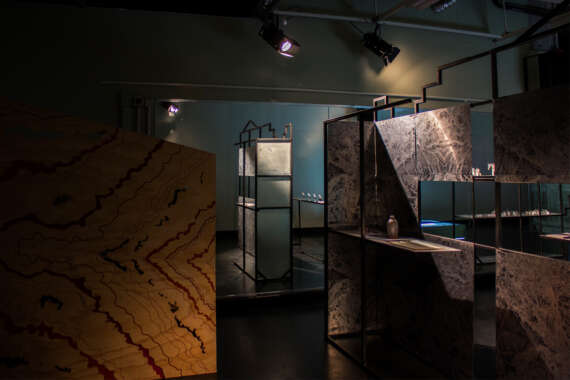Wunderkammer: Explorations into Re-presenting the Multisensory Architectural Experience
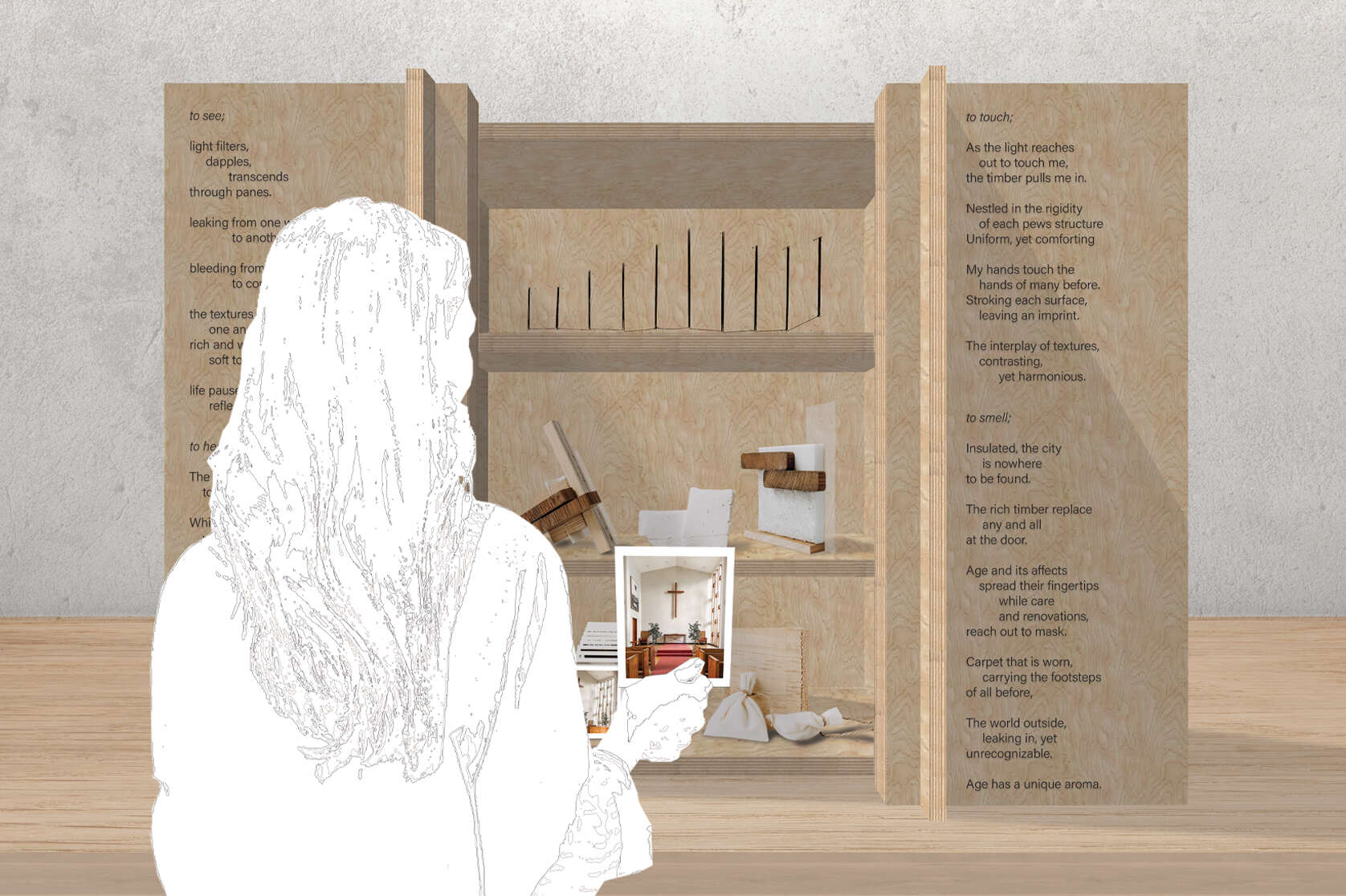
Rooted within architectural education, this thesis is focused on providing accessibility to multisensory architectural spaces without having to physically inhabit them. Research into architectural theories and precedents has informed various methodologies of recording the physical and emotional sensory experience and finally refined into a ‘Guidebook’ for how to record the sensory experience.
All culminating in the re-presentation of the collected recordings, implemented through a hypothetical design brief for a travelling multisensory exhibition, taking influence from the historical precedent that is - Wunderkammer.







